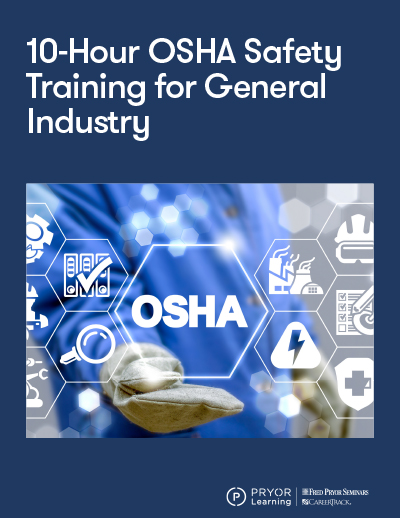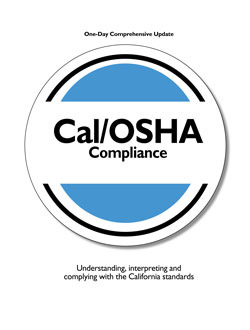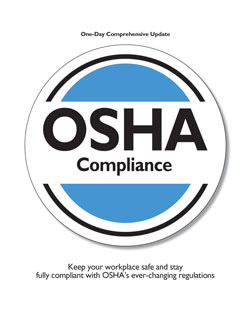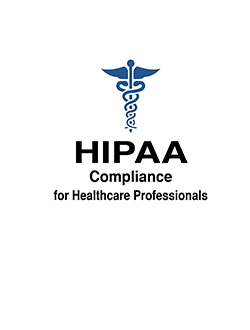Assessing Workplace Safety in the New Normal
- Author: Sheryl McAtee
- Categories:
- Tags:
- Share on:
For many years, workplace safety leaders have looked to the Occupational Safety and Health Administration (OSHA) for definitive guidance on workplace safety. In a COVID-19 pandemic-savvy world though, the Centers for Disease Control and Prevention (CDC) will also be a source of useful information.
Many organizations have relocated staff to home offices to telework in response to stay-at-home guidance from State and local leaders. Other businesses, however, require workers in the office or at a plant to meet mission requirements and customer needs. And, most currently teleworking organizations do want to ultimately pursue some level of return to work, under “new normal” conditions.
Here are some factors to consider as you plan your office or team’s return:
- Supporting Infrastructure: Your office works within a larger community of services and infrastructure. If many of your employees, for example, rely on public transit to get to work, then your pace of return will likely be rate limited by the availability of transit. The availability of office security staff and cleaning crews are also a necessary constraint.
- Personal Protective Equipment (PPE) and Cleaning Supplies. Think carefully about how different people in different roles interact with other people and with objects around the office. People with high contact needs will also need PPE and disinfecting supplies. For example, will you require staff to bring their own masks? Will you reimburse them for that expense? Thinking through who will need what to stay safe, and how these materials will be procured and distributed is an important planning step to ensure workplace safety.
- Office Architecture. In recent years, many organizations have moved to open space configurations, where desks are close together and there are few barriers. With ongoing trends towards social distancing, more separation and physical cubicle walls may return to being in vogue. Conference rooms may also need to be reconfigured to simultaneously allow hybrid in-person and remote participation.
- Updated Policies and Procedures. In the new normal, existing OSHA reporting requirements may be supplemented with the need for contact tracing for sick employees, quarantine management and health assessments. This will require new policies and procedures that consider roles, processes, privacy assessments and reporting.
Ensuring workplace safety is taking on new meaning in a COVID-savvy world. We hope these ideas help you start to vision and plan for that new real-world future.
Choose a Seminar and Save $10
OSHA Compliance for Healthcare Professionals
1 Day
- CEU: 0.6
Team Training - Virtual or In-person
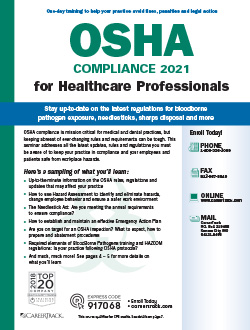
30-Hour OSHA Outreach Training Program (5-Day)
5 Day
- CEU: 3
- HRCI: 30
- PDC: 30
Virtual Seminars:
-
Apr 28-2
-
May 5-9
-
May 12-16
-
+ 4 more dates
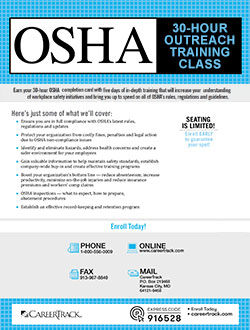
10-Hour OSHA Outreach for General Industry
2 Days
- CEU: 1.2
- HRCI: 10
- PDC: 10
Virtual Seminars:
-
May 8-9
-
May 13-14
-
May 28-29
-
+ 3 more dates
